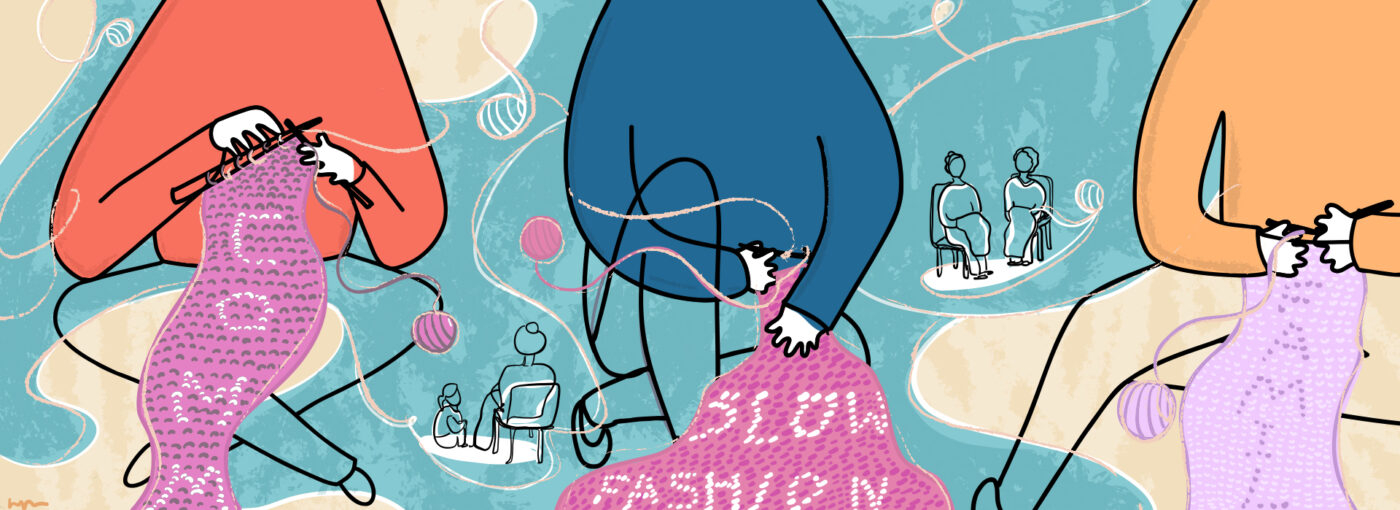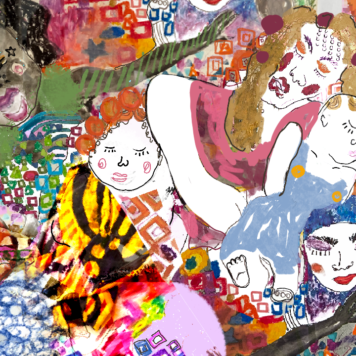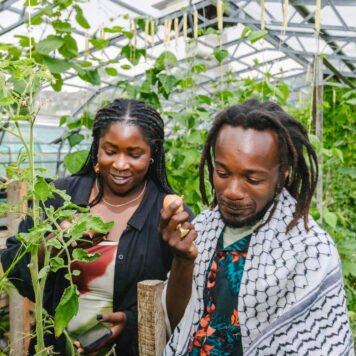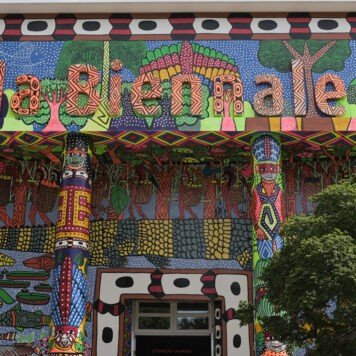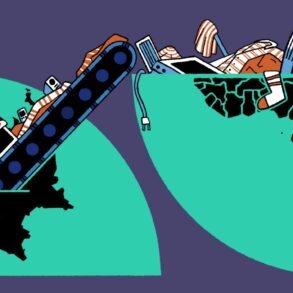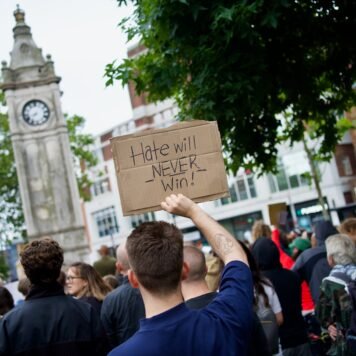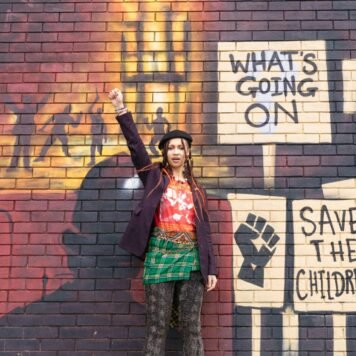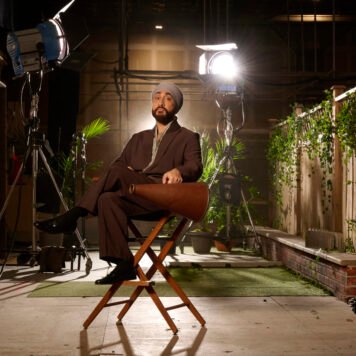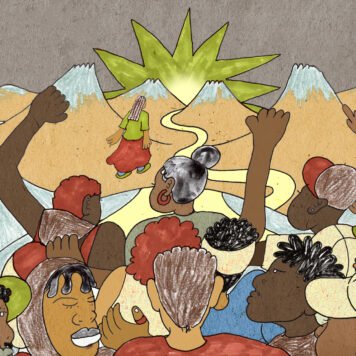If fashion is an instant language by which we can communicate our values, personality, and heritage to others, it must also be a reminder that our choices often speak for us before we do – even if we may not realise it.
An invisible series of decisions are made by others in the process of producing the garments we wear. For example, there’s the choice of how much to pay the person who makes the clothing in the first place, what conditions they will be subject to work under, transportation, packaging and even delivery methods of the products.
More often than not, these decisions can have an exploitative and unsustainable impact on the environment and workers’ livelihoods. In fact, textile production is a stronger contributor to climate change than international aviation and shipping industries combined.
It is no secret either that many garment workers employed by international fashion brands are exposed to precarious working conditions and even in some cases forced labour because of the prioritisation of profit over fair wages and safety standards.
However, a growing number of textile artists and enthusiasts have been emerging over recent years to offer visions of how exploring fibre arts such as crocheting, knitting, and embroidery can be part of our personal and collective response to unsustainable working practices in the fashion industry.
I spoke to London-based textile artists Nicole Chui, Kimberley Cookey-Gam, and Kimran Rana to learn more about what Slow Fashion means to them, how their personal practices have blossomed into careers, and the role of community in their work.

Materialising new futures by disrupting the past
Although their experiences all differ from one another, one common thread runs through Kimberley, Nicole, and Kimran’s fibre arts origin stories: family.
British Indian fibre artist Kimran picked up crocheting during the first UK lockdown alongside her mother and sister, at the tutelage of Youtube and other online platforms. What started as an opportunity to connect with her family members while in separate locations, became a journey to connecting with her inner artist. She actually hadn’t considered herself to be particularly creative before this point – but, as she explains, “What I really discovered was that I just didn’t have the right medium to express myself creatively beforehand.”
It was different for Kimberley, who was already studying sculpture when she first picked up crocheting. While she intended to keep her practices separate, she found that sculpture and crochet just kept gravitating towards one another.
“I’m still in the process of fusing these two forms together,” Kimberley explains. “I feel like it’s always an experiment!” Although she hadn’t been directly guided by her own family into the world of textiles, it became clear that there was an intergenerational rhythm to her practice when she was on a trip to Nigeria a few years after learning to crochet.
Watching Kimberley making a pair of trousers one day, her mother turned to her, said give it to me, and began crocheting on the spot – much to her daughter’s surprise. Although Kimberley had tethered her own separate relationship to crochet at the beginning, sharing the practice with her mother brought them closer together.
For Nicole, the familial link was deep rooted, with embroidery embedded in fond memories of learning the technique of English smocking from her grandmother in Hong Kong for a high school summer project.
“My grandma was really adamant about teaching me to do it all by hand before learning it on the machine”, Nicole remembers. Yet her recent work, specialising in freestyle hand embroidery, has a distinctly disruptive, unfettered feel to it – which contrasts the meticulous and more traditional practice she grew up learning.
However, it’s clear from speaking to her that this is not so much a closing of all doors to the past, but instead an exploration of how grounding it can be to explore the unlimited potential of the future – all while being connected to one’s roots.
What each of these artists has learned by connecting to their past has strengthened their ability and confidence to chart new paths and forge their own careers. Past, present and future don’t need to be separate for transformation to occur, and their mutually constitutive relationship nurtures creativity and innovation.
By pursuing their new and evolving creative practices, I’ve noticed that these artists have also been able to learn more about themselves and the world they’ve been born into. Similarly, by connecting the global with the local, delving into the history of fibre arts and slow fashion can help us all better understand the unique role that each of us can play in this movement going forward.
What Slow Fashion means for us today, and how it has evolved
The term ‘Slow Fashion’ is increasingly appearing in industry discussions, reports, magazines, panels, brand marketing, and fashion week discourse. But what does it mean in practice? Where did it come from, and why is it so popular now?
The philosophy of Slow Fashion was heavily inspired by the Slow Food movement of the 1980s which advocated for the preservation of local food traditions against the rise of globalised fast food chains, fair working conditions and pay for producers, and sustainable production approaches which avoid environmental degradation.
Building upon this thinking and Hazel Clark’s three principles of Slow Design, design activist and researcher Kate Fletcher is popularly cited as the first person to coin the term ‘Slow Fashion.’ The term denotes conscious and sustainable approaches to fashion design, production consumption, use and reuse – and pushing back against the breakneck pace of capitalist fast living and consumerism.
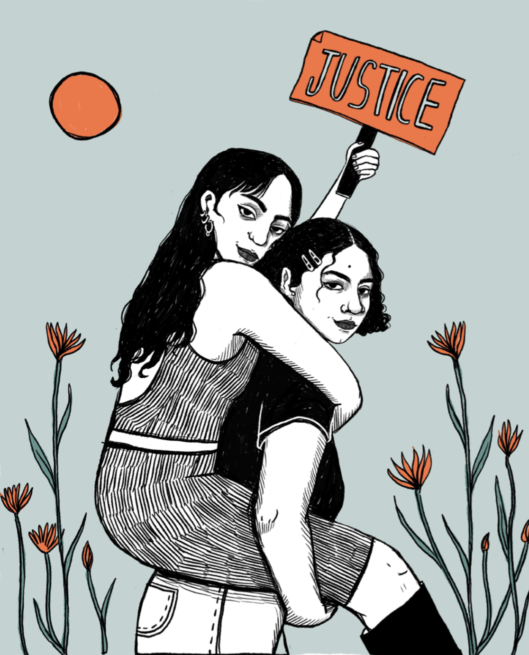
Join our mailing list
Sign up for shado's picks of the week! Dropping in your inbox every Friday, we share news from inside shado + out, plus job listings, event recommendations and actions ✊
Sign up for shado's picks of the week! Dropping in your inbox every Friday, we share news from inside shado + out, plus job listings, event recommendations and actions ✊
The defining pillars of this movement – transparent production systems, ecological sustainability, and local approaches – offer more creative integrity, authenticity and a sentimental personalised feel to garments and other products that fast fashion money simply can’t buy.
In the face of increased materialism in society, global cultural homogenisation, and more of us finding ourselves living ‘chronically online’ – it’s no surprise that the Slow Fashion movement and fibre arts popularity has been growing. It gives us a taste of autonomy, mindfulness, and connection.
How DIY can help us
While it is unrealistic for most people to create all of their own clothes by hand, even a short-lived experience of knitting, crocheting, or embroidering for yourself and others can cultivate an appreciation of production processes and the work that goes into each garment. Engaging with these practices goes against all the subconscious values that life under capitalism engrains in us – such as instant gratification, convenience, and binary categorisations.
Gendered histories of textiles also play into the ease with which society diminishes the true value of this labour and enables cycles of exploitation, because it has traditionally been considered unseen domestic work carried out by women in the home.
“This is why I feel really passionate about making sure people know me as a fibre artist,” Kimran explains, “because for so long crafts were never viewed as art forms like painting or sculpture.”
Going further, she says “I think it’s impossible to create clothes with your own hands and not consider the ethical considerations of when you go to fast fashion stores because you know the labour that has gone into that… when you realise that a £40 cardigan takes 40 hours to make by hand, it puts a real stone in your stomach.”
Engaging in fibre art practices, therefore, can keep us honest and more conscious of the rate we are consuming at and ultimately change our relationship with the clothes we wear. It is all about intent – for both the consumer and the artist themselves. And there’s a creative integrity which slower, handmade production processes can offer artists too.
Sharing her own desire to gravitate towards more ‘one of one’ pieces which embody clothing as an art form, Kimberley tells me: “it reduces the temptation to mass produce one item if it becomes super popular, and it becomes easier to explore my own genuine interests rather than to solely please an audience.”
Fibre arts have been a way for Nicole to fight back against capitalist expectations of fitting one’s identity into a certain box. Often told that doing too many different things was counterproductive and that she had to narrow herself down to one practice to experience success and fulfilment – she has intentionally gone against the grain. Integrating her love for football with her art, she hosts workshops and stitches on personal football kits she has accumulated throughout the years.
When I asked about how she exists in the nexus between fashion, activism, and sport, she responded “these worlds are really mutually inspiring to me, and I think my way to connect them all is through embroidery as a language – it’s shown me that I can really be who I am in all these different spaces that I care about.”
By forging personal connections with textiles – as something more than just a commodity, but instead an artistic practice through which we can express ourselves and our values – these artists have revealed to me that we can connect our own personal liberation and self discovery to wider campaigns for labour rights, ecological sustainability and gender equality.
Relationships, connection, and local community are another integral part of the Slow Fashion movement.
When I asked about what Slow Fashion means to her, Nicole immediately identified the communal aspect of the movement: “it’s about respect, consciousness, and it has to be a collaboration between a lot of different people and objects.”
This is in part because of the fact that fashion is a huge industry with many players, and so the response to sustainability has to be multi-pronged and recognise the different contributions that design, production, and marketing processes can all play.
However, it’s also about taking an intersectional lens to considering who slow fashion is being catered to, and how structural inequalities mean that certain people have more space, financial privilege, and time to think about what they wear in terms of choice rather than necessity.
“With affordability still being an issue in the sustainable fashion world, it’s easy to say let’s think consciously – but sometimes people just need something quick that’s really affordable,” Nicole points out. “Different people have different lives and it’s about integrating and making Slow Fashion as accessible as possible for everyone.”
One avenue of exploring this accessibility is through community-driven and community-informed workshops organised by textile artists. While the structure and approaches of these workshops may vary, they generally are a way of bringing people together from different walks of life to learn a new artistic skill with the support and guidance of an experienced practitioner.
Nicole’s workshops for example merge imagery and freehand stitch, which can be a shock to some peoples traditional expectations of embroidery as a perfectionist skill which follows convention. She tells me: “it’s really interesting to see what people create when given the freedom to express how they feel, because in everyone’s lives there’s an element of restriction or routine that you sometimes need a break from.” Hearing about the casual and inviting nature of these workshops, I’m excited about the prospect of judgement-free zones which allow people to learn a new skill and explore their feelings while also being held by the presence of community.
While acknowledging that there is nothing wrong with taking up crochet as a personal and introverted hobby that is part of her wider wellbeing routine, Kimran also felt a strong desire to offer her fibre art practice to others through community workshops.
Sharing her own future desire to expand her workshops to other areas of London and find ways to support local charities and women in the process through collaborations and fundraisers, she concluded that “the main thing I want people to walk away with is a feeling of calm and gratitude for the work that goes into our garments.”
Remaking ourselves and remaking the world
In conclusion, Slow Fashion is much more than just an opposing force to Fast Fashion and its capitalism-driven homogeneity, commodification and materialism. It’s part of a wider movement that seeks to revolutionise our understandings of production and consumption, beginning with an internal revolution in individuals’ own lives with their relationship to garments and belongings.
As a result, textile art practices such as embroidery, crochet, and knitting serve as ever-evolving languages through which we can express our emotions and values, explore our own personal histories, connect with community, and communicate to the world at large that there is a way of existing on this earth that doesn’t necessitate rampant environmental degradation or labour exploitation.
My hope is that moving forward, we see further expansion of these practices and workshops to involve marginalised and vulnerable groups who do not have equal access to digital or social media to find out about these fibre arts communities – or even simply lack the funds to buy a ticket or materials.
I can also see great value in more of these groups connecting with each other worldwide, especially since the impact of Fast Fashion varies considerably between and within Global North and Global South countries. We have much to learn from each other. Further dialogue across these boundaries through these practices could build out intersectional approaches, global solidarity, and serve as a way to educate ourselves through sharing of lived experiences.
Below you can find a range of resources that Kimberley, Nicole, and Kimran have collectively recommended for people who would like to start their own fibre arts journey. And if fear of failure or being messy is holding you back, those are actually perfect reasons to start. In these spaces, mistakes aren’t permanent and you can always go over your stitches again or cover them up.
As Kimran puts it, “in a world where everything looks so perfect, it can be hard to look at a finished piece if your stitches aren’t quite right and still feel proud – but that’s also what makes it beautiful.”
What can you do?
Join:
- shado mag’s book club cluster on the topic of Fair Fashion and Garment Workers’ Rights. Focusing on Aja Barber’s Consumed, Corban Addison’s A Harvest of Thorns, and Naomi Klein’s text No Logo, hear from activists with lived experience of the industry and learn more about the structures in place which need to be dismantled in order to create a fair fashion industry.
Get inspired by:
-
- Embellished Talk – a place to explore and learn about textiles through the professional and personal stories of interesting people, artists and designers.
- Masego Morgan – Slow fashion advocate and sustainable fashion practitioner based in South Africa, whose instagram page is a treasure trouve of outfit inspiration and knowledge.
- Ophelia Dos Santos – a climate justice activist using embroidery to engage young people in demanding change and connecting the dots.
- Lydia Bolton – zero waste advocate, sustainability creator and sustainable designer creatively tackling textile waste through upcycling unwanted textiles into covetable womenswear.
- Mr X Stitch – Founder of X Stitch Magazine, a modern cross stitch publication which challenges the way you think about contemporary embroidery, and features an eclectic collection of patterns from an international family of designers.
- YI CRAFTS London – an East Asian studio based in London sharing traditional Chinese ethnic minorities and Japanese textile crafts, workshops, and history education.
- Remember Who Made Them – a group of concerned feminists with networks in philanthropy, climate activism, the arts and sustainable fashion. They regularly collaborate with workers groups and campaigns to spotlight their situations and demands, as well as with social media influencers and key media outlets to raise greater awareness and action.
Read:
- The Artificial Divide Between Fine Art and Textiles is a Gendered Issue
- 6 Expert Tips for Looking After Your Knitwear
- On Mending: Stories of Damage and Repair: A collection of stories inspired by peoples experiences of loss and love as a result of mending the holes in their clothes.
- shado’s knowledge page on greenwashing
Try it out yourself: Follow these textile creators and sign up to these mailing lists to keep up to date with upcoming community workshops, events, and more:


